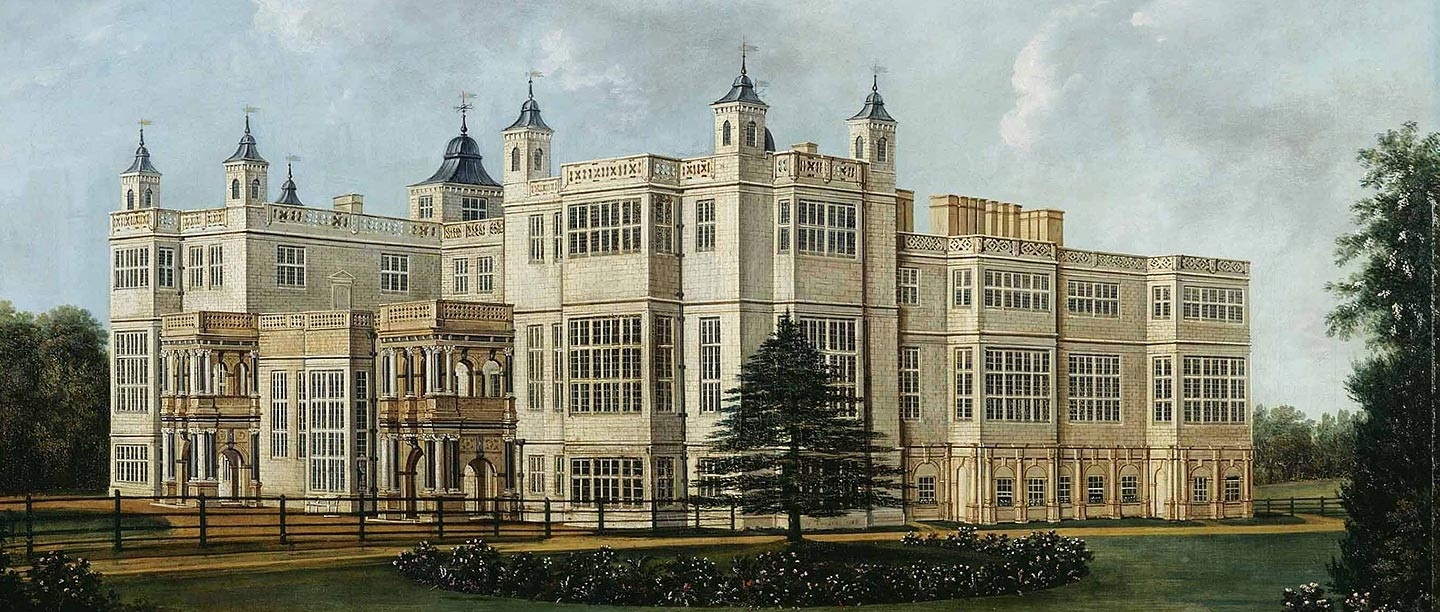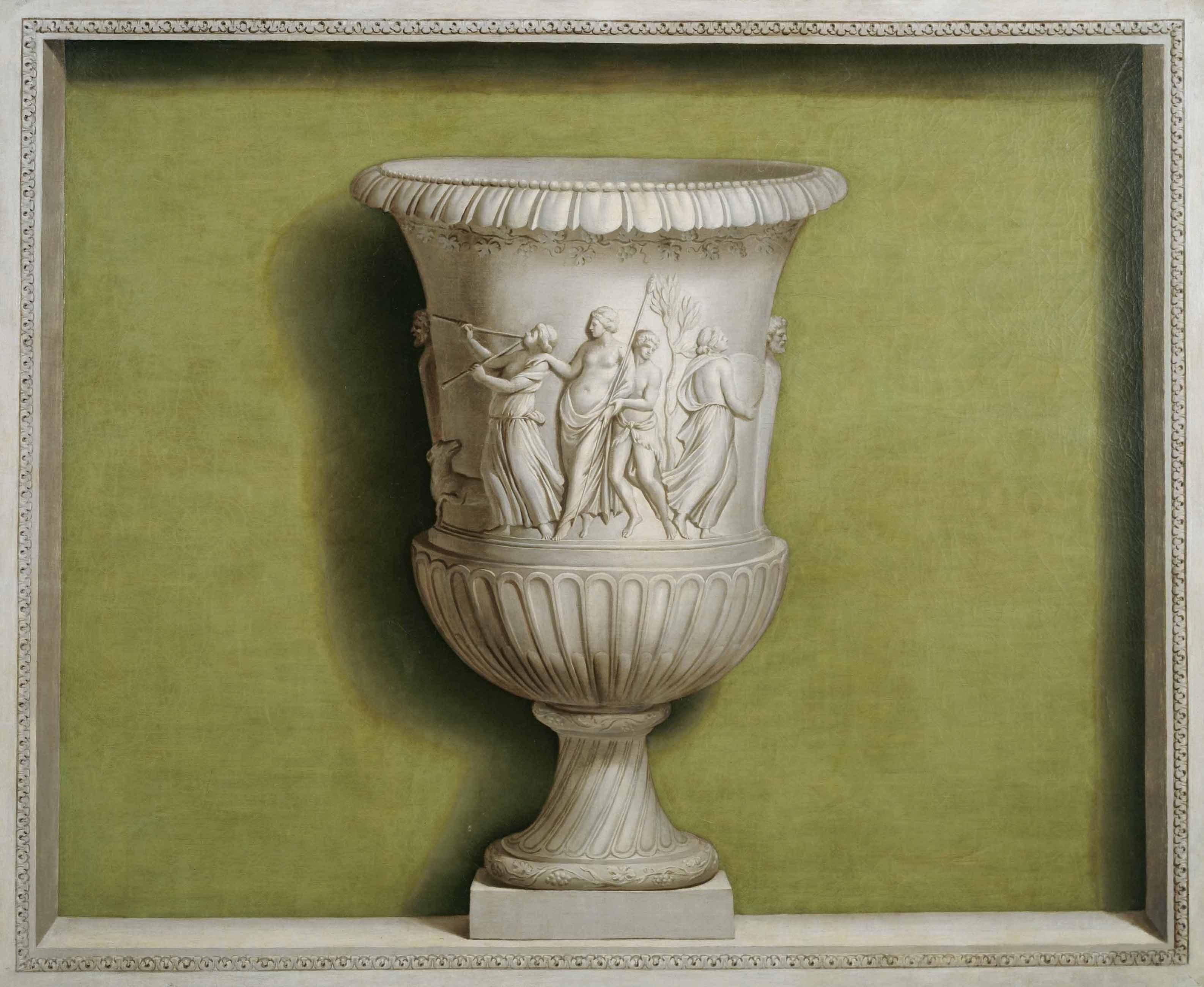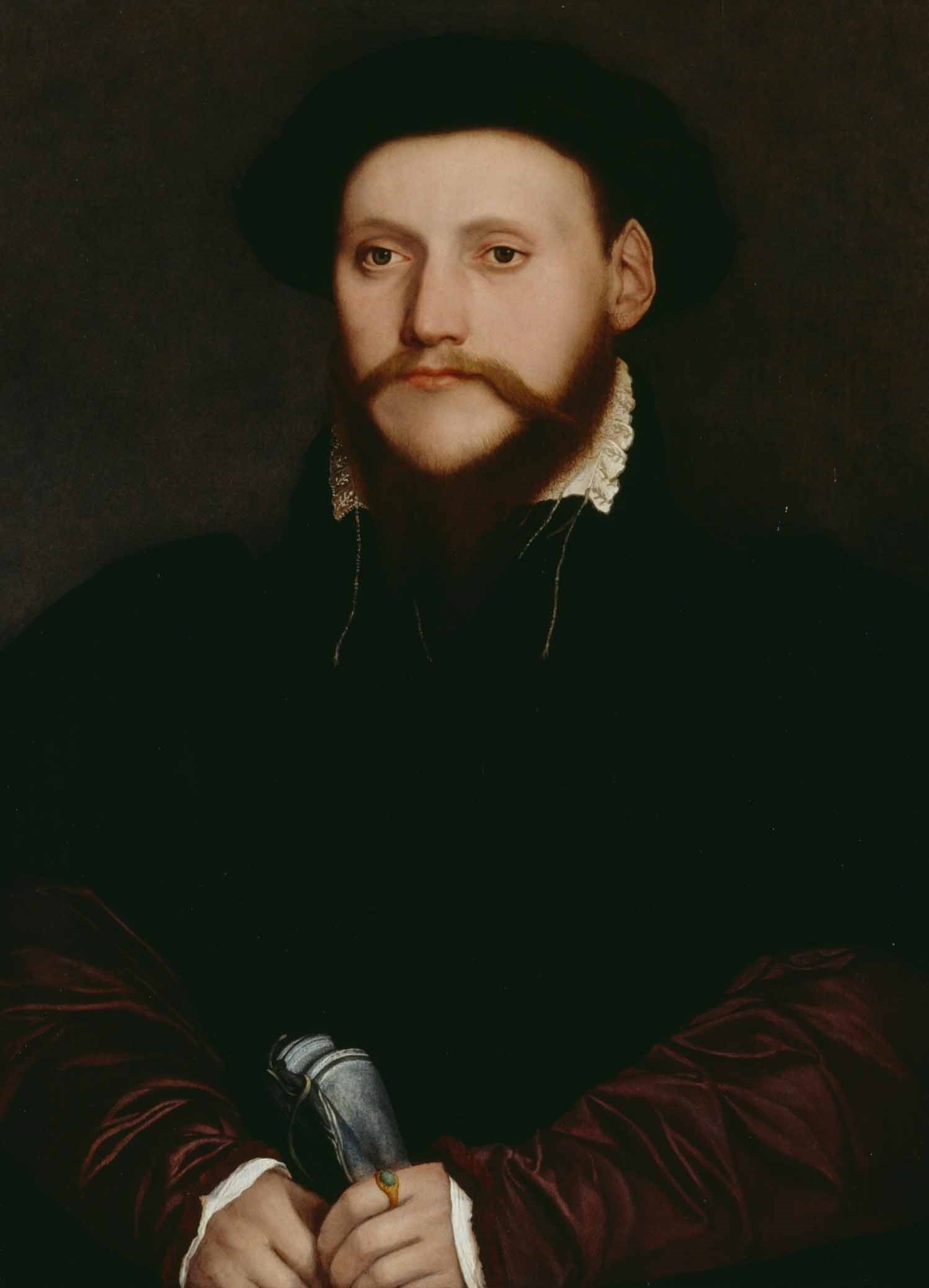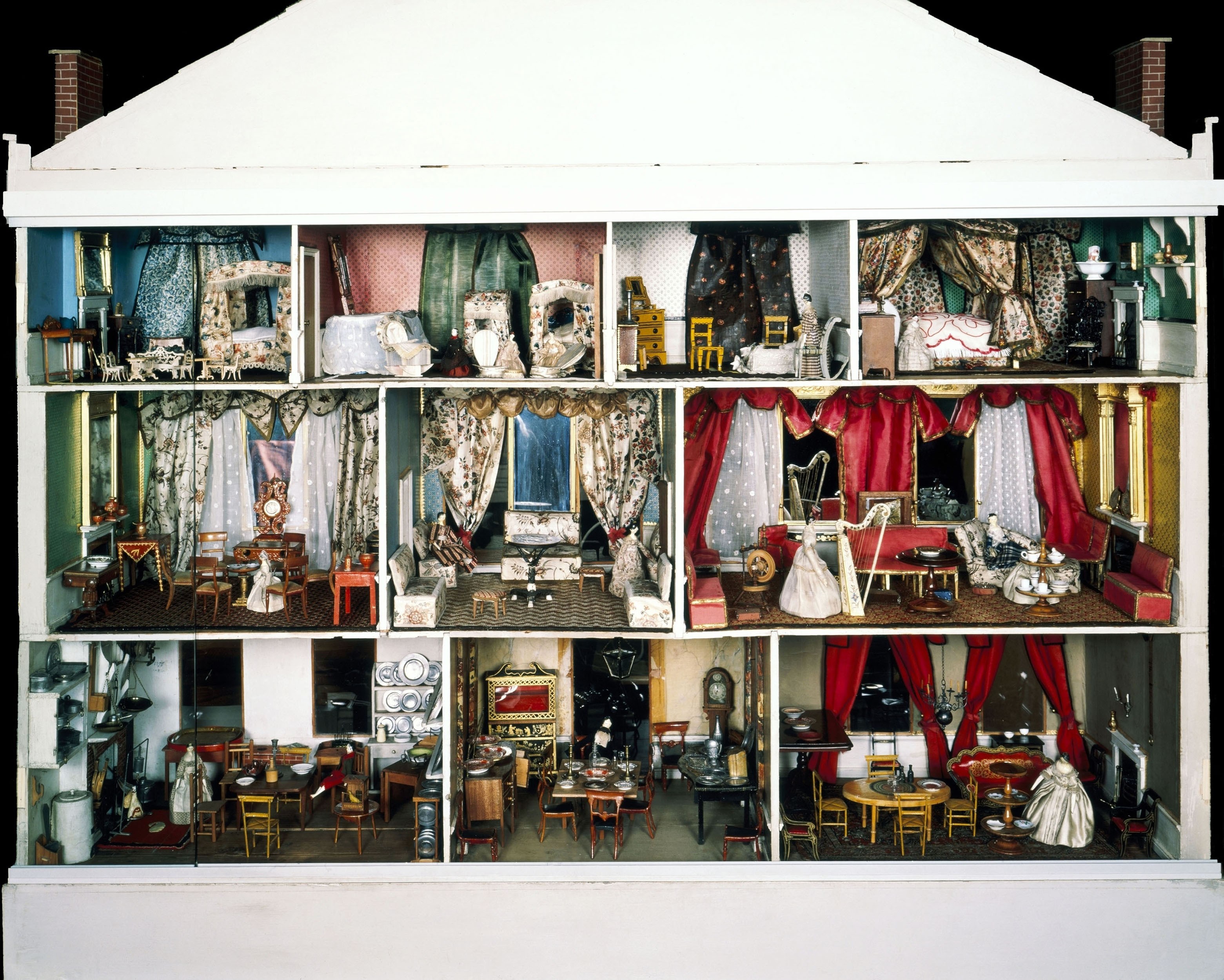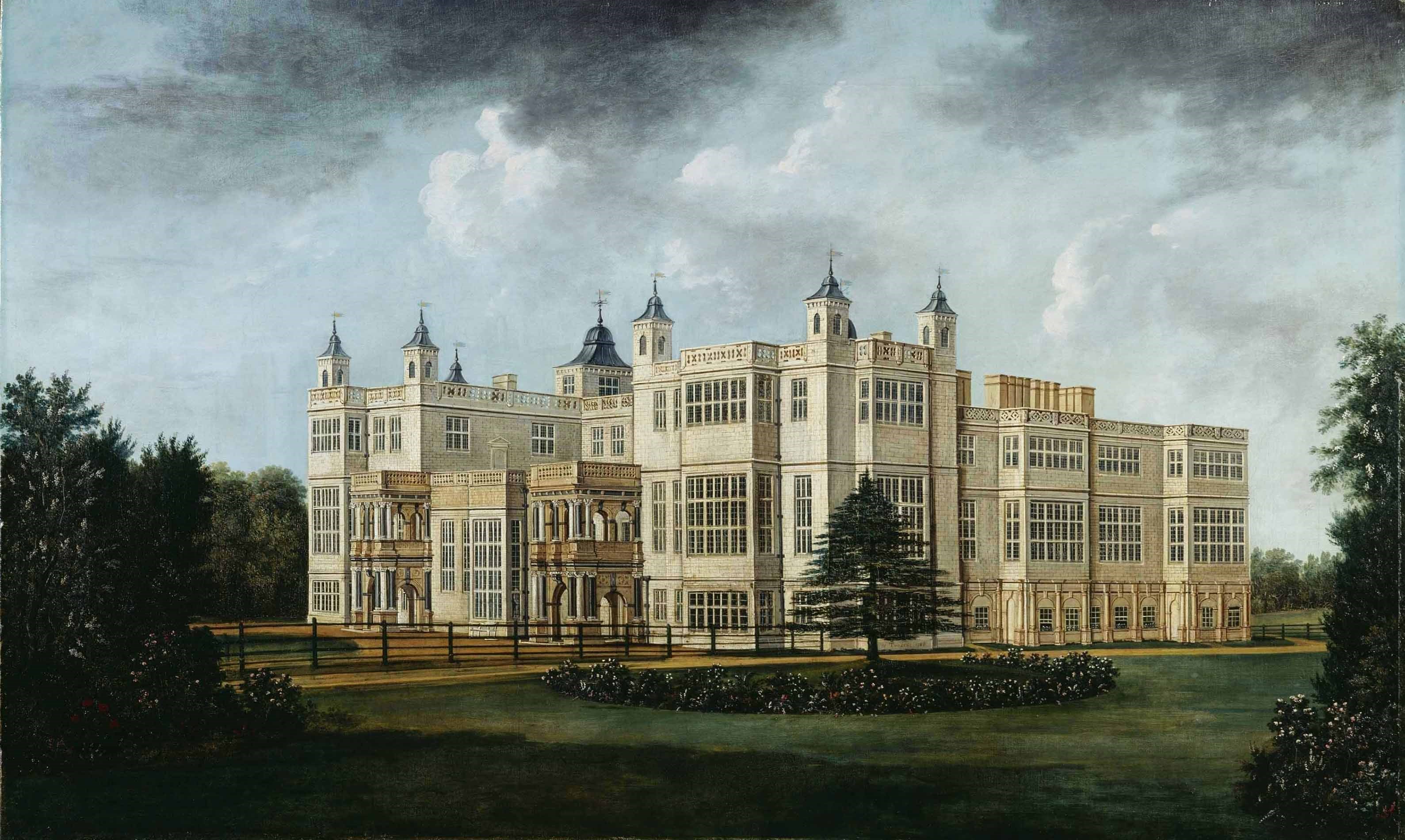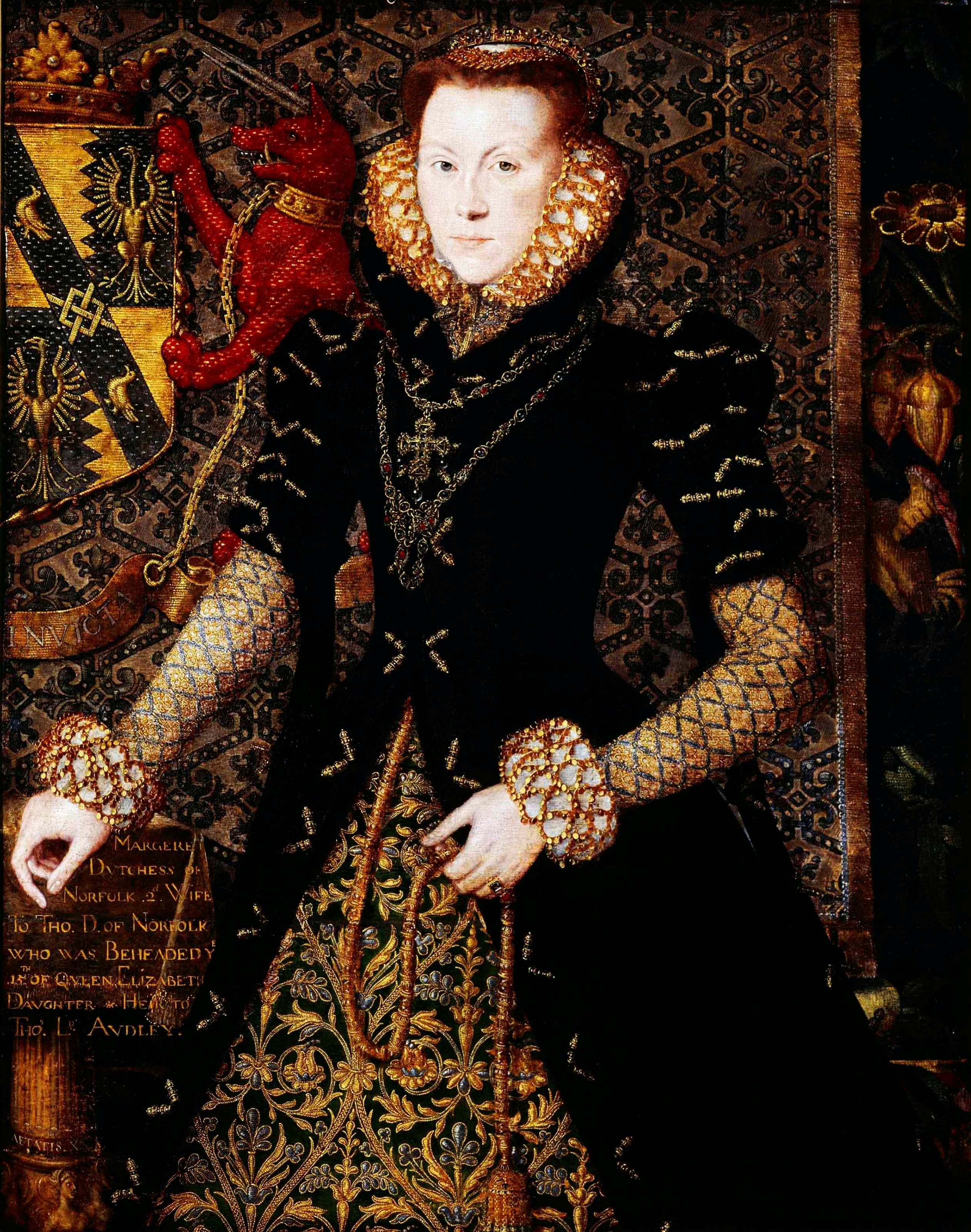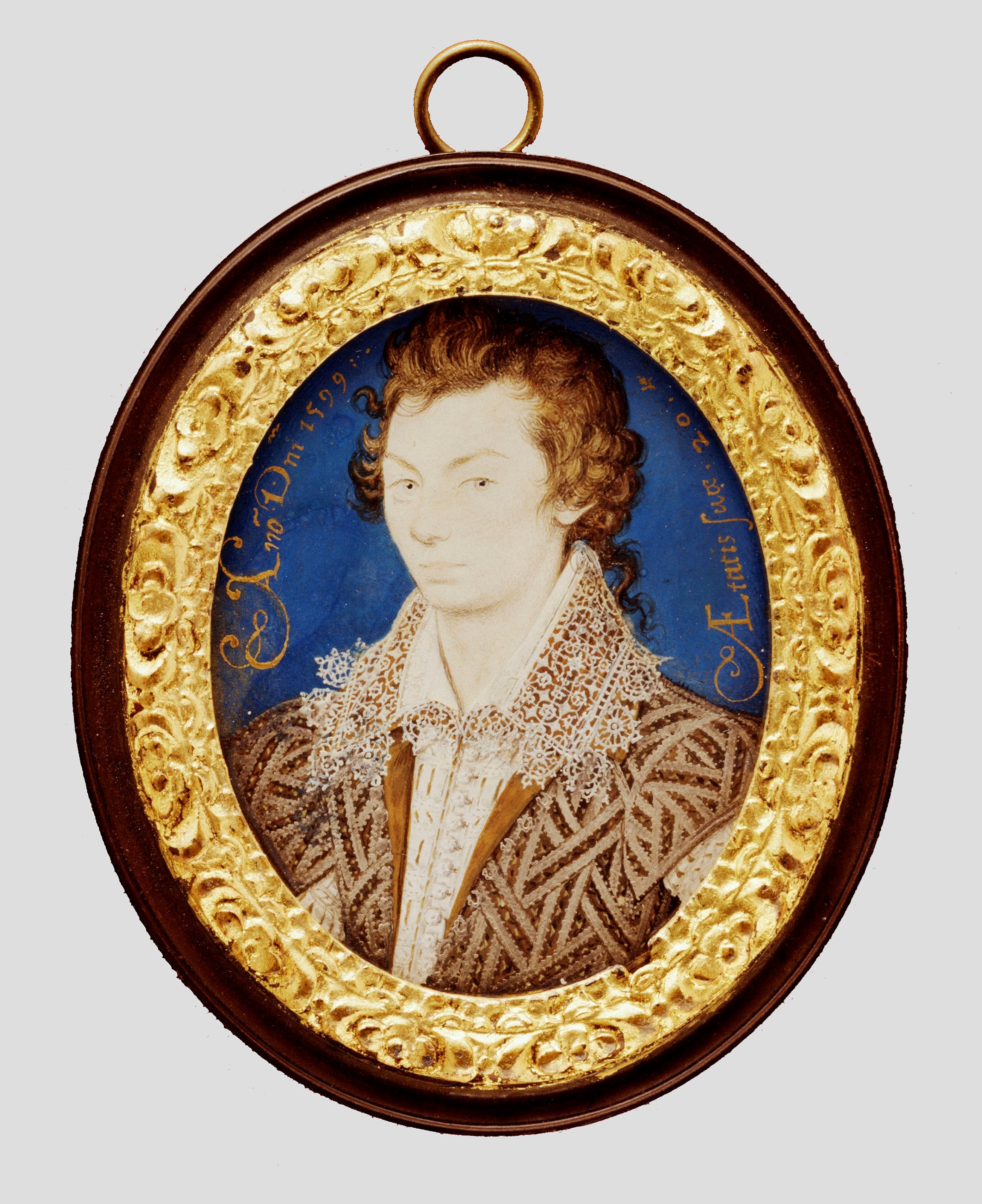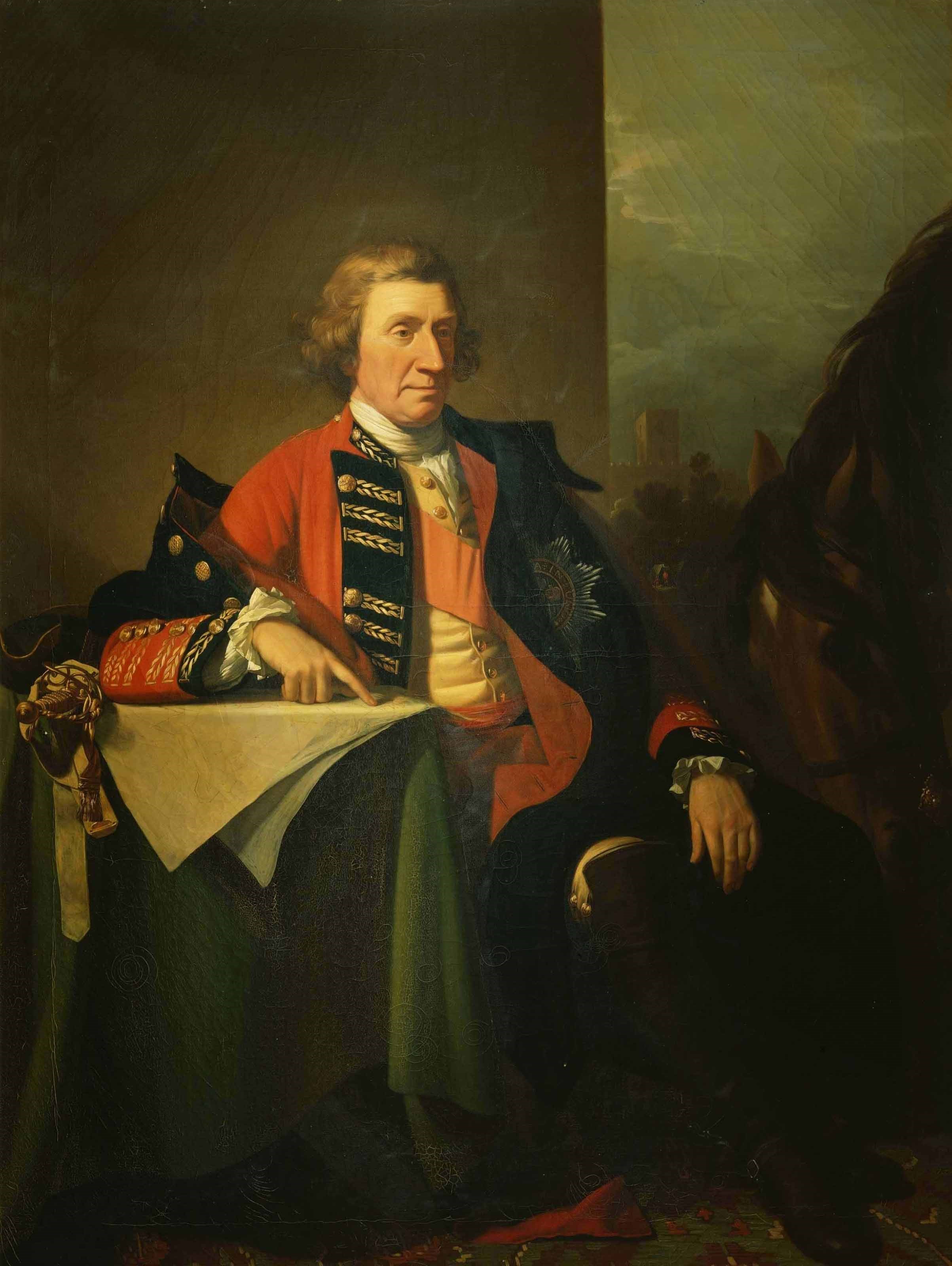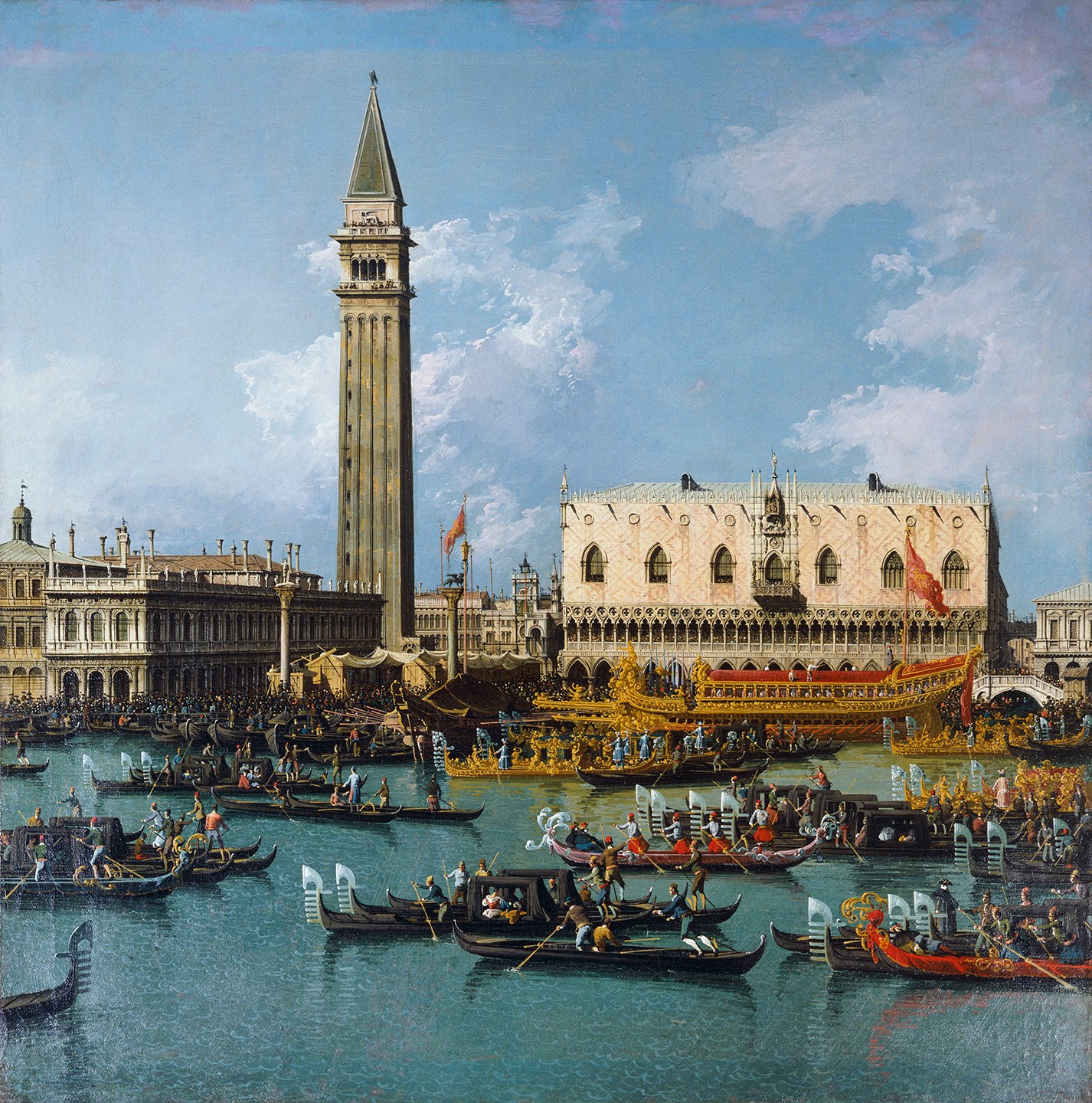Find out more about Audley End
-
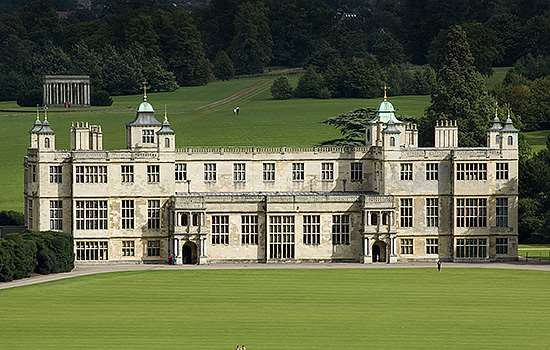
HISTORY OF AUDLEY END
Read a full account of Audley End’s long and varied history, from the priory founded on the site in the 12th century to the present day.
-
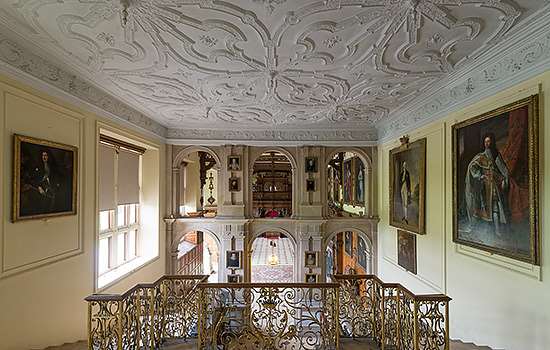
Four Centuries of Change
Explore architectural highlights of Audley End and close-up views of portraits that hang in the house with this Google Arts and Culture exhibit.
-
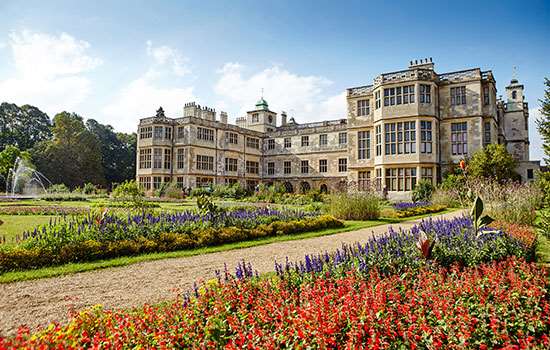
Description of Audley End
Read a description of this impressive house and its gardens, which have been shaped by various owners over the centuries.
-
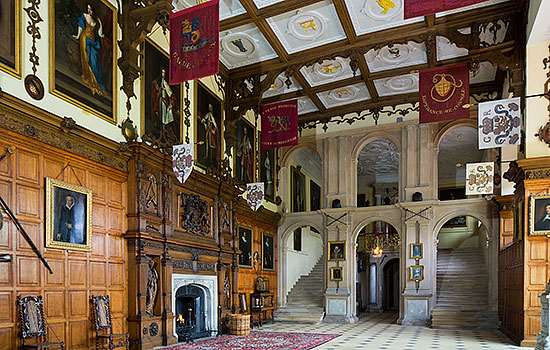
Why does Audley End matter?
Find out why Audley End is a site of such value, both for the architecture and contents of the house and for its 18th-century landscape.
-
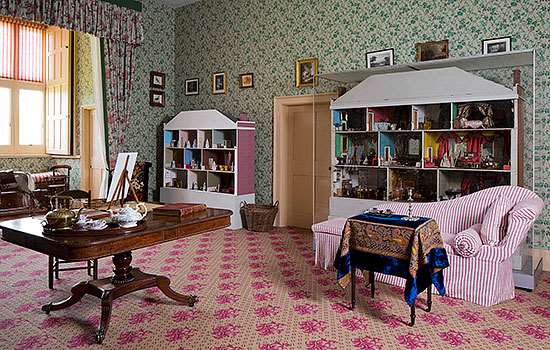
Research on Audley End
Read a summary of the current state of research on Audley End, with details of excavations, investigations and areas for future research.
-
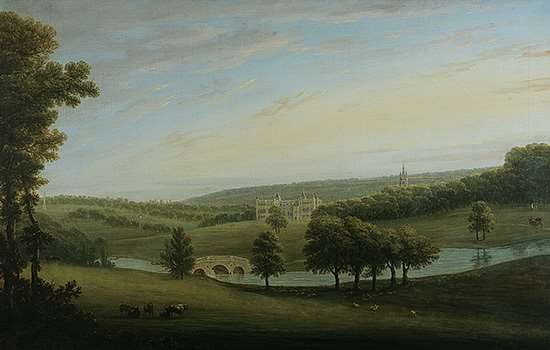
Sources for Audley End
Use this list of written, visual and material sources for our knowledge and understanding of Audley End for further research into its history.
-
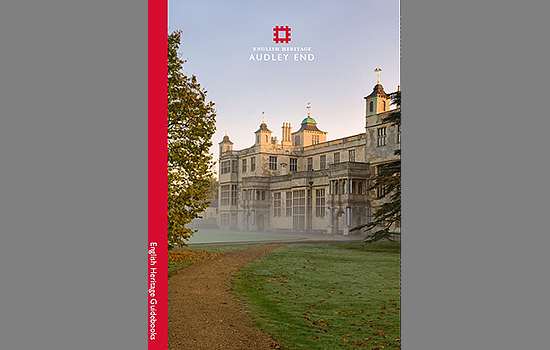
BUY THE GUIDEBOOK
The guidebook offers a complete tour and history of the house and gardens, and brings the house to life with stunning photos and historic images.
-

More histories
Delve into our history pages to discover more about our sites, how they have changed over time, and who made them what they are today.
